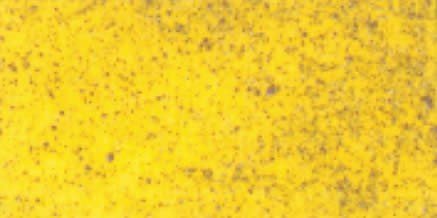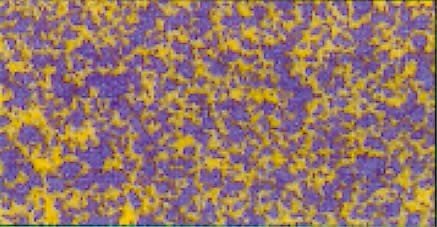Verification that the sprayer and nozzles are working properly
The most effective method to verify the settings and the quality of the spraying is to make a visual assessment using water-sensitive paper. When this paper comes into contact with water, a blue colour appears and it must be handled with care (dry gloves, stored in an envelope protected from humidity). The simulation is carried out with water. To obtain a good overview of spray quality, it is necessary to prepare five vines per row. On a specific vine, the papers should be placed on both sides of the row and at several vegetation levels. The papers are stapled in pairs on a vine leaf, one on the upper side, the other on the underside. When examining the papers, the impact density should be sufficient without being excessive (resulting in runoff). Software is available that can very accurately analyse the percentage of the paper covered by the treatment. Where the eye only counts a dozen droplets, the software counts several dozen. It is a faster, more precise process.



